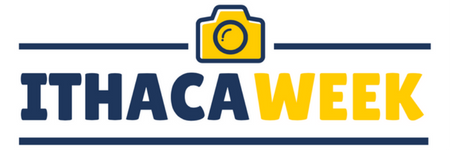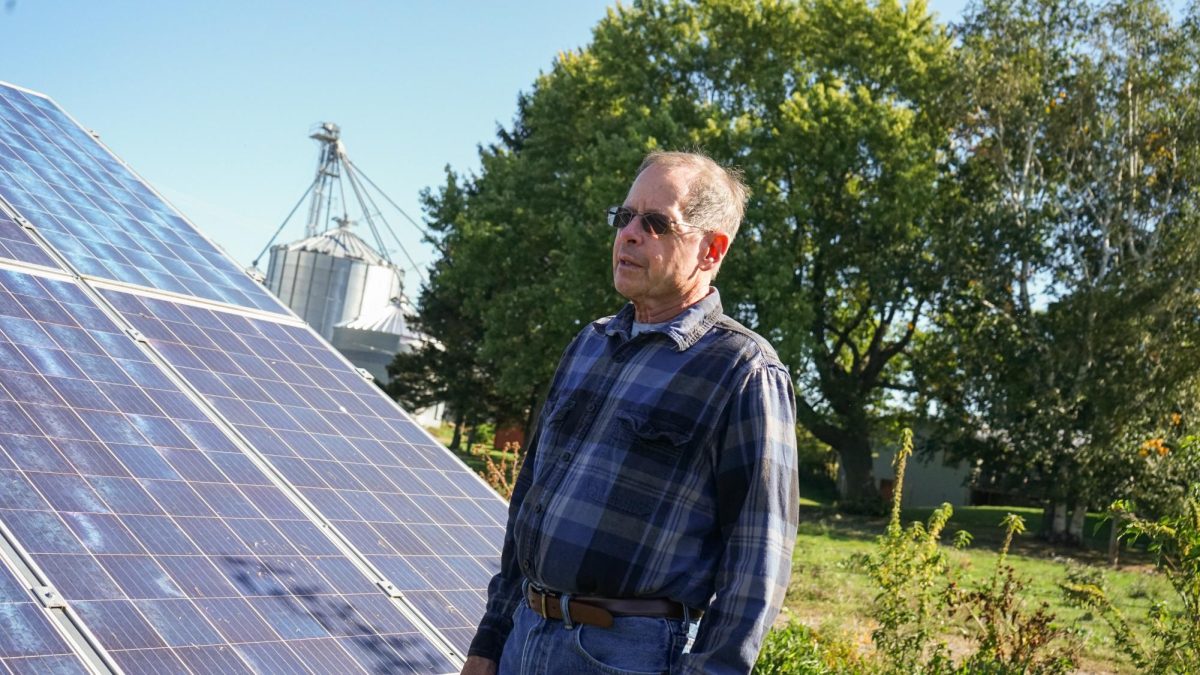If approved this week, the wage rate would increase from $7.25 an hour to $8 in Jan. 2014. The rate would then rise again to $8.75 in Jan. 2015 before finally raising to $9 in Jan. 2016. This would be the first increase to the statewide minimum wage since 2009.
Assemblywoman Barbara Lifton (D-Ithaca) said those making the current minimum wage earn a little more than $15,000 a year, which is under federal poverty guidelines.
“Try living below the federal poverty level,” Lifton said. “It’s a great challenge trying to figure out how to pay rent, how to eat and how to afford other basic living necessities. This is an unlivable wage.”
Lifton said she supports the deal, but would rather see the rate increase happen sooner to ease the financial pressures faced by low wage workers.
A food service worker in Ithaca, whose wage rate until recently was below the proposed $9 benchmark, said at any low wage it is difficult to support herself and her children.
“I do go and apply for help just so I can have groceries in my house for all of us,” she said, “With what I ‘supposedly’ gross, I can only get $170 in food stamps a week which isn’t enough.”
Continued rises in the cost of living impact low wage workers disproportionately, said Frank Mauro, executive director of the Fiscal Policy Institute, a statewide economic research organization.
“The cost of living goes up every year and the minimum wage has lost its purchasing power,” Mauro said. “The dilemma is that many minimum wage earners are the sole providers or significant contributor to the family budget.”
More than 55,000 workers in the Southern Tier would be affected by an increase to the minimum wage, according to a press release issued by U.S. Sen. Kirsten Gilllibrand’s office.
The proposed increase will only do so much to help low wage workers, said Pete Meyers, coordinator of the Tompkins County Workers’ Center.
“Increasing the minimum wage to $9 an hour isn’t going to change that much for [low wage workers],” he said. “They’re still going to have to go out and get benefits.”
Meyers and his organization have begun a statewide version of their campaign to urge employers to pay a ‘living wage.’
“A living wage in Tompkins County right now is $11.67 with health insurance,” he said “Now we realistically understand that that is not going to pass any time soon. But we are putting that stand out there.”
Concerns over the wage increases’ effect on small business have been raised by several assembly and senate Republicans during budget negotiations.
Sen. Tom O’Mara (R-C, Big Flats) said in a statement he shares the concerns of small businesses, farmers and other employers that a higher minimum wage would impose higher operational costs in an already tough economy.
“An agreement has been reached to include [the raise] in this year’s state budget and so I’m focused on the enactment of tax cuts, regulatory reforms and other actions to try to ease the economic burden, spark economic growth and improve New York’s business climate in other ways,” O’Mara said.
In addition to the wage increase, the budget also includes the elimination of corporate taxes for 200,000 small businesses and establishes a 10 percent personal income tax exemption that for 800,000 small businesses.
The state senate began passing bills on the $143 billion budget on Sunday March 24. The state assembly is expected to vote on the spending plan this coming Thursday.
If approved, New York will join 19 other states that have minimum wage rates higher than the federal standard.
“We like to talk about work. We talk so much about good work ethics, and how everyone should want to work. Well, if we feel that way, we should actually reward work with a decent wage,” Lifton said.







